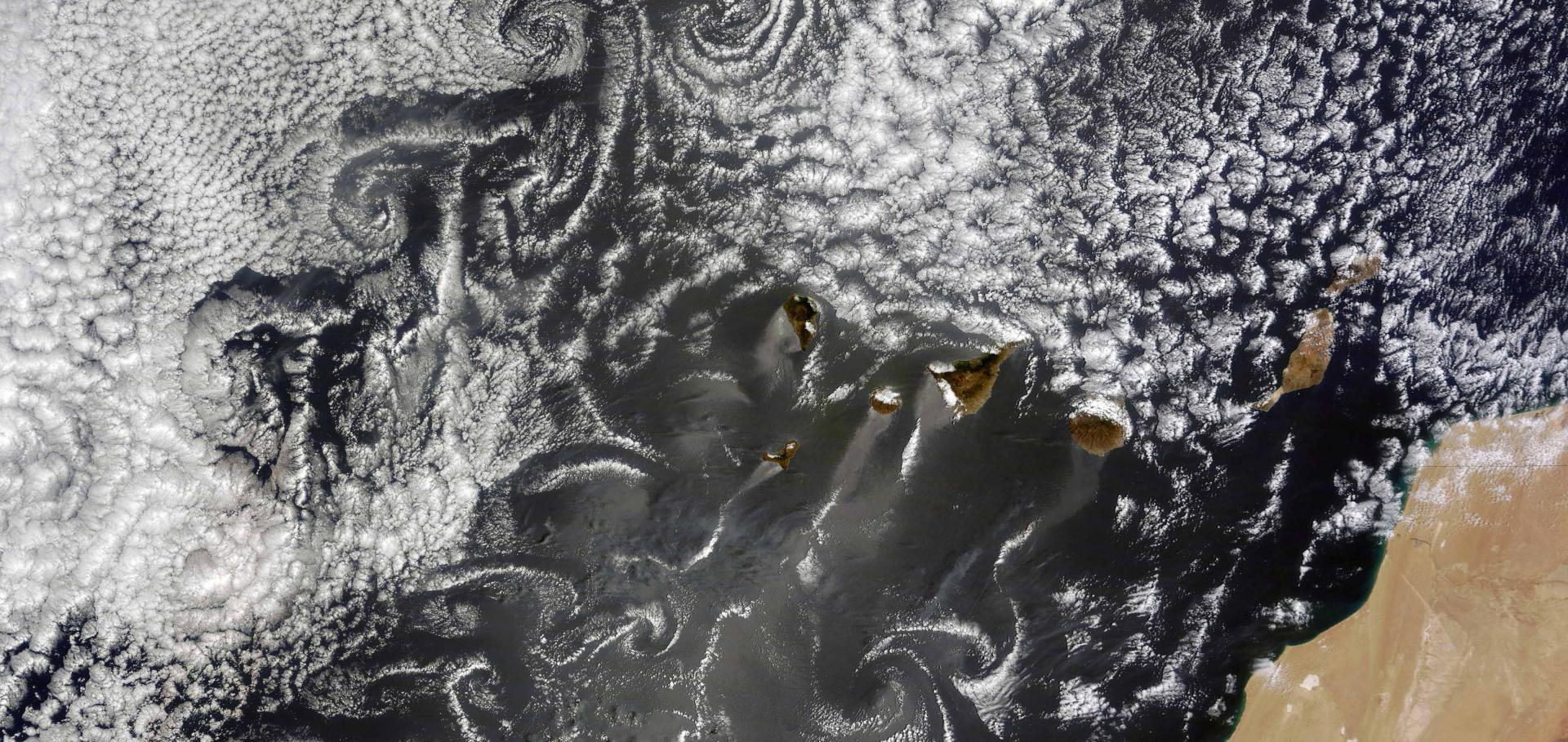Sensitivities of cloud radiative effects to large-scale meteorology and aerosols from global observations
Atmospheric Chemistry and Physics Copernicus GmbH 23:18 (2023) 10775-10794
Abstract:
Publisher Correction: Sea surface warming patterns drive hydrological sensitivity uncertainties
Nature Climate Change Springer Nature 13:9 (2023) 997-997
Dependence of fast changes in global and local precipitation on the geographical location of absorbing aerosol
Journal of Climate American Meteorological Society 36:18 (2023) 6163-6176
Abstract:
Anthropogenic aerosol interacts strongly with incoming solar radiation, perturbing Earth’s energy budget and precipitation on both local and global scales. Understanding these changes in precipitation has proven particularly difficult for the case of absorbing aerosol, which absorbs a significant amount of incoming solar radiation and hence acts as a source of localized diabatic heating to the atmosphere. In this work, we use an ensemble of atmosphere-only climate model simulations forced by identical absorbing aerosol perturbations in different geographical locations across the globe to develop a basic physical understanding of how this localized heating impacts the atmosphere and how these changes impact on precipitation both globally and locally. In agreement with previous studies we find that absorbing aerosol causes a decrease in global-mean precipitation, but we also show that even for identical aerosol optical depth perturbations, the global-mean precipitation change varies by over an order of magnitude depending on the location of the aerosol burden. Our experiments also demonstrate that the local precipitation response to absorbing aerosol is opposite in sign between the tropics and the extratropics, as found by previous work. We then show that this contrasting response can be understood in terms of different mechanisms by which the large-scale circulation responds to heating in the extratropics and in the tropics. We provide a simple theory to explain variations in the local precipitation response to absorbing aerosol in the tropics. Our work highlights that the spatial pattern of absorbing aerosol and its interactions with circulation are a key determinant of its overall climate impact and must be taken into account when developing our understanding of aerosol–climate interactions.Identifying climate model structural inconsistencies allows for tight constraint of aerosol radiative forcing
Atmospheric Chemistry and Physics Copernicus Publications 23:15 (2023) 8749-8768
Abstract:
Aerosol radiative forcing uncertainty affects estimates of climate sensitivity and limits model skill in terms of making climate projections. Efforts to improve the representations of physical processes in climate models, including extensive comparisons with observations, have not significantly constrained the range of possible aerosol forcing values. A far stronger constraint, in particular for the lower (most-negative) bound, can be achieved using global mean energy balance arguments based on observed changes in historical temperature. Here, we show that structural deficiencies in a climate model, revealed as inconsistencies among observationally constrained cloud properties in the model, limit the effectiveness of observational constraint of the uncertain physical processes. We sample the uncertainty in 37 model parameters related to aerosols, clouds, and radiation in a perturbed parameter ensemble of the UK Earth System Model and evaluate 1 million model variants (different parameter settings from Gaussian process emulators) against satellite-derived observations over several cloudy regions. Our analysis of a very large set of model variants exposes model internal inconsistencies that would not be apparent in a small set of model simulations, of an order that may be evaluated during model-tuning efforts. Incorporating observations associated with these inconsistencies weakens any forcing constraint because they require a wider range of parameter values to accommodate conflicting information. We show that, by neglecting variables associated with these inconsistencies, it is possible to reduce the parametric uncertainty in global mean aerosol forcing by more than 50 %, constraining it to a range (around −1.3 to −0.1 W m−2) in close agreement with energy balance constraints. Our estimated aerosol forcing range is the maximum feasible constraint using our structurally imperfect model and the chosen observations. Structural model developments targeted at the identified inconsistencies would enable a larger set of observations to be used for constraint, which would then very likely narrow the uncertainty further and possibly alter the central estimate. Such an approach provides a rigorous pathway to improved model realism and reduced uncertainty that has so far not been achieved through the normal model development approach.Ice nucleation by anthropogenic aerosols downwind of industrial point sources of air pollution
Copernicus Publications (2023)


